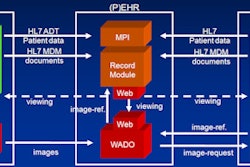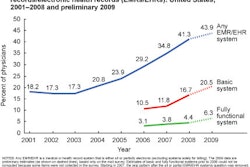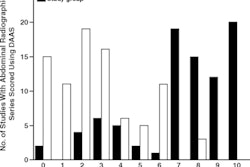Dear Healthcare IT Insider,
It may be just coincidence, but Stanford University researchers don't think so. There's been a 20% drop in the mortality rate at Lucile Packard Children's Hospital since 2007, the year when computerized physician order entry was implemented. This is exciting news. Click here to read about it.
The study raises the issue of what makes the adoption of healthcare IT successful. Seasoned professionals know that committing to change and to making something new work well are as important as access to financial resources or software features and functionality.
Is healthcare IT adoption worth it? The journal Health Affairs dedicated its April issue to the topic of health IT, and AuntMinnie.com selected two articles about electronic health record implementation to summarize. One reported that electronic health records aren't demonstrating measurable improvements; the other lauded the enterprisewide healthcare IT implementation of VistA electronic medical record software throughout facilities in the Department of Veterans Affairs. Both make interesting reading.
When you take two hospitals in the same city installing the same healthcare IT system, what happens? This newsletter's Insider Exclusive article focuses on that question as it applies to the installation of identical oncology information systems in two public hospitals in Sydney, Australia. Click here to find out the results.
Everyone agrees that challenges abound. Senior editor Erik L. Ridley reported about the experiences of Heidelberg University Hospital in integrating RIS/PACS with personal electronic health records, as part of AuntMinnie.com's continuing coverage of the recent European Congress of Radiology held in Vienna, Austria.
Remember to check in with the Healthcare IT Digital Community for more stories in the coming weeks.



















